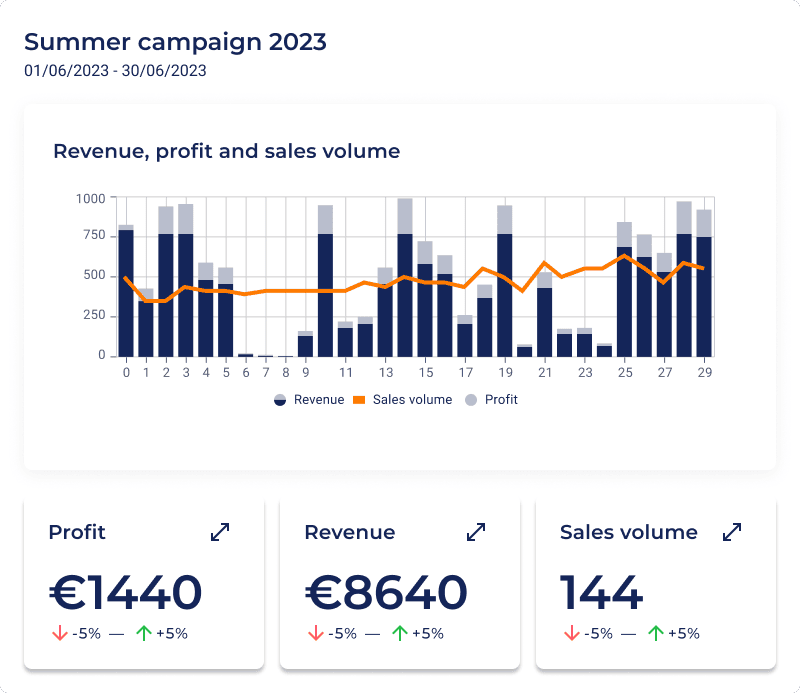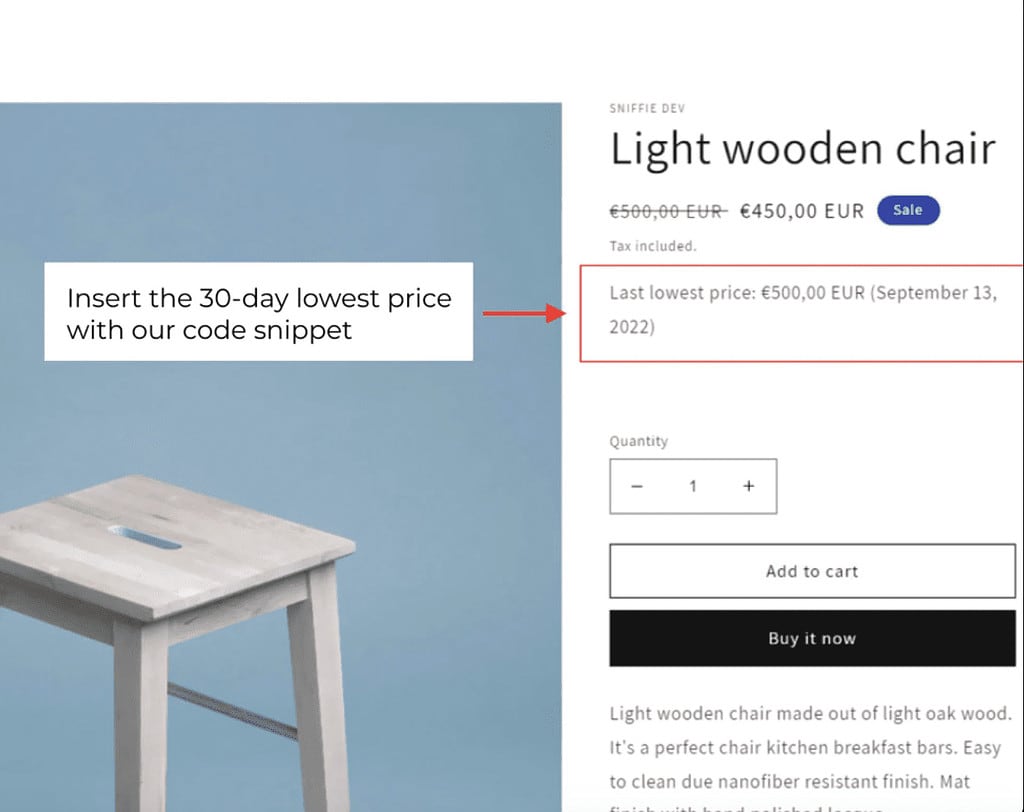Discount campaigns can be powerful tools for driving sales and attracting customers to your Shopify store. However, if not executed properly, Shopify discounts can also lead to profit losses and damage your brand’s reputation. In this guide, let’s discuss some common discount campaign mistakes and see valuable insights on how to avoid them, ensuring that your discount strategies work in your favor.
1. Over-Discounting Your Products
Mistake: Offering excessive discounts is a common pitfall that can devalue your products in the eyes of customers. When discounts are too steep and frequent, customers may come to expect them, and it can be challenging to maintain healthy profit margins. Over-discounting can also make it harder to convey the true value of your products.
Solution: To avoid this mistake, start by evaluating your product costs, including manufacturing, shipping, and overhead expenses. Understand your competitors’ pricing in your niche. Calculate the minimum acceptable profit margin for each product. Use this information to determine reasonable discount levels that still allow you to operate profitably. Consider using tiered discounts or bundle deals to maintain the perceived value of your products while offering savings.
Maximize your campaign profits
Sniffie: Smart Sale & Discount Campaign App is the ultimate power tool for Shopify stores to create easy and optimized campaigns. With the use of cutting-edge AI, you can maximise your profits all while reducing prices.

2. Ignoring Profit Margins
Mistake: Focusing solely on sales volume without considering profit margins is a critical error. It’s tempting to chase higher sales figures during shopify discount campaigns, but if you’re not careful, you might end up with financial losses. Selling more products at a loss doesn’t benefit your business in the long run.
Solution: To address this mistake, ensure that you have a clear understanding of your profit margins for each product. Calculate your break-even point, which is the minimum revenue needed to cover your expenses. During discount campaigns, set a bottom-line profit margin that you are not willing to go below. Use analytics tools to track profitability during discount campaigns, and be prepared to adjust your strategy if you see profitability declining.
3. Inadequate Planning and Timing
Mistake: Launching discount campaigns haphazardly without a well-thought-out plan or during non-optimal times can result in low return on investment (ROI). Customers may not be ready to make purchases, or your campaign might get lost in the noise of other promotions.
Solution: To avoid this mistake, create a promotional calendar that aligns with peak shopping seasons and customer behavior. Plan your campaigns well in advance, allowing time for marketing materials, graphics, and landing page preparation. Consider the timing of holidays, special occasions, or industry-specific events that might impact your target audience. Building anticipation by announcing upcoming promotions can also be a powerful strategy.
Pricing compliance in the blink of an eye.
Make sure you follow the Omnibus Directive when discounting your products.

4. Unclear Messaging and Terms
Mistake: Failing to communicate your Shopify discount terms clearly can confuse customers and lead to dissatisfaction. If customers don’t understand the details of the offer, they may abandon their carts or feel misled.
Solution: To address this issue, ensure that your messaging is crystal clear. Clearly state the discount percentage or amount, any minimum purchase requirements, and expiration dates. Use concise, compelling copy to highlight the value of the offer. Additionally, make sure that the discount code application process is straightforward and user-friendly. Clarity in your messaging builds trust with customers and encourages them to complete their purchases.
5. Not Testing Different Shopify Discount Structures
Mistake: One common mistake in discount campaigns is using the same discount structure repeatedly without exploring variations. This can limit your understanding of what resonates most effectively with your target audience. When you don’t experiment with different discount types, you miss out on valuable insights that could optimize your future campaigns.
Solution: To address this issue, consider implementing A/B testing for your discount campaigns. A/B testing involves creating two or more versions of your campaign, each with a different discount structure, and then analyzing the results to determine which one performs the best. Here are some discount structures you can test:
- Percentage-based discounts: Offer a percentage off the total purchase, such as 10% or 20% off.
- BOGO (Buy One, Get One) deals: Encourage larger purchases by offering a free or discounted item with the purchase of another.
- Free shipping: Provide free shipping as an incentive for customers to complete their purchases.
- Tiered discounts: Offer different discount levels based on the total order value, rewarding larger orders with greater savings.
- Loyalty-based discounts: Create special discounts for loyal customers or those who’ve made repeat purchases.
- Product-specific discounts: Focus on discounting specific products or categories to drive attention to certain items.
Conclusion
Discount campaigns can be effective tools for boosting sales and customer engagement on your Shopify store, but they require careful planning and execution. By avoiding these common mistakes and following the provided solutions, you can maximize the benefits of your shopify discount campaigns, maintain healthy profit margins, and build long-lasting customer relationships.
Remember, successful discount campaigns strike a balance between attracting new customers and nurturing existing ones while ensuring sustainable profitability for your Shopify business.


